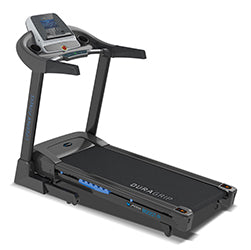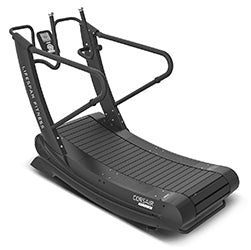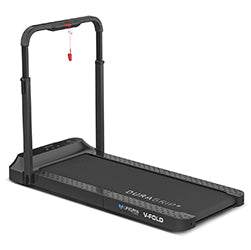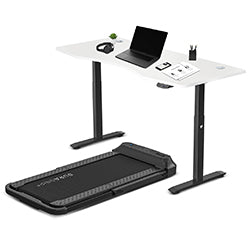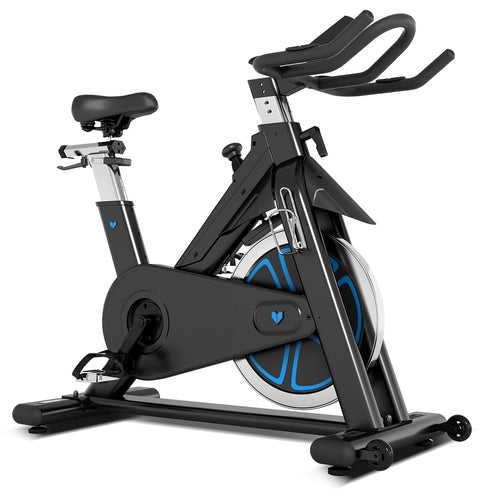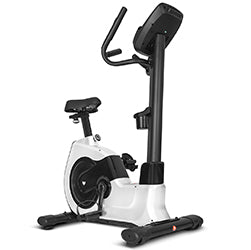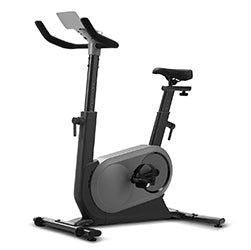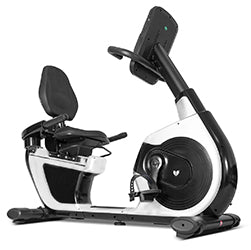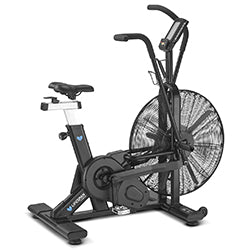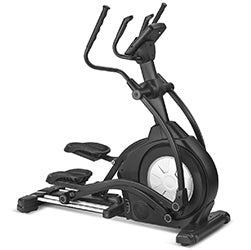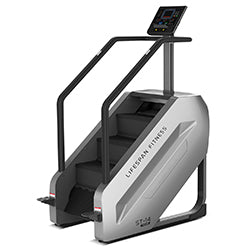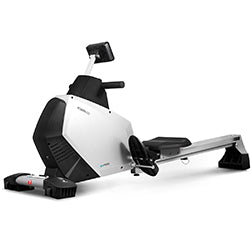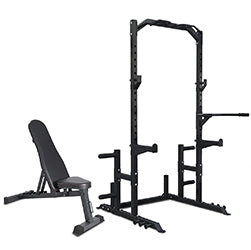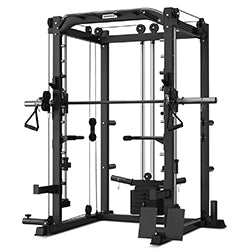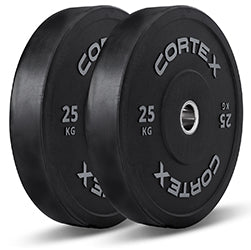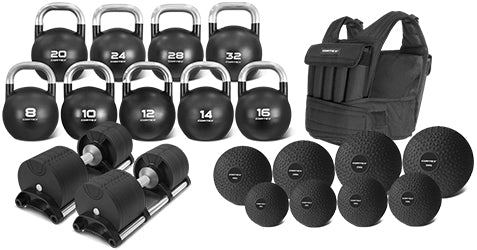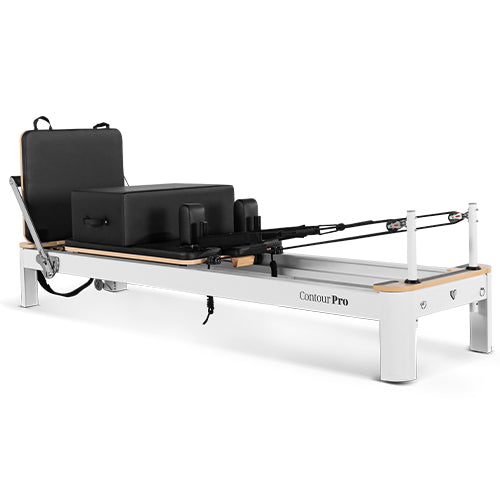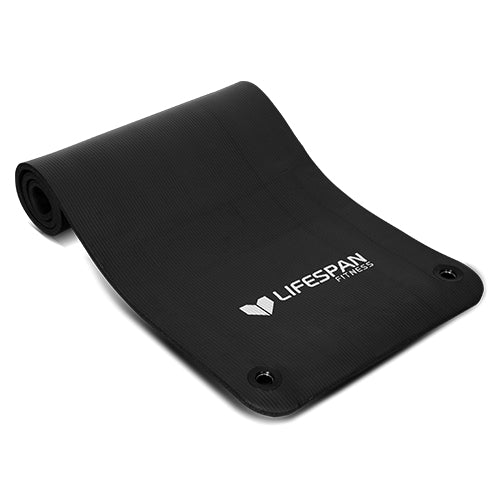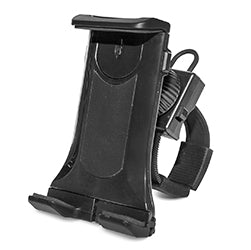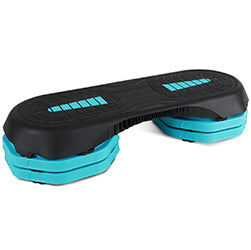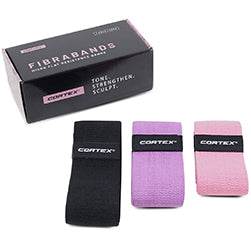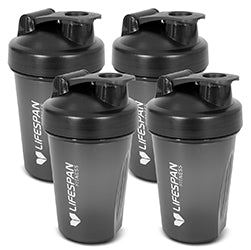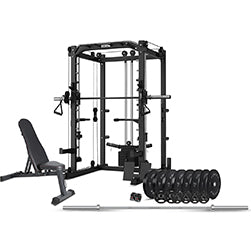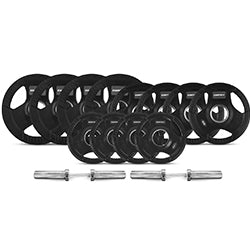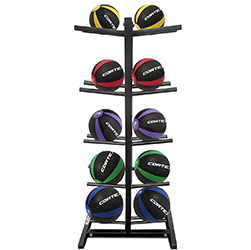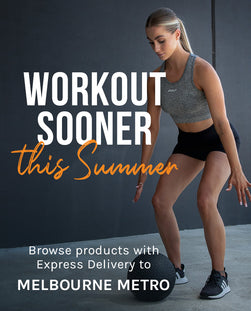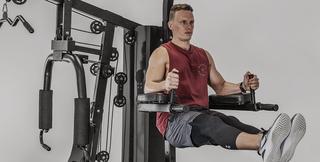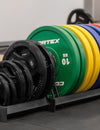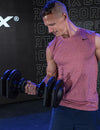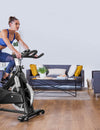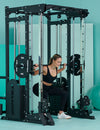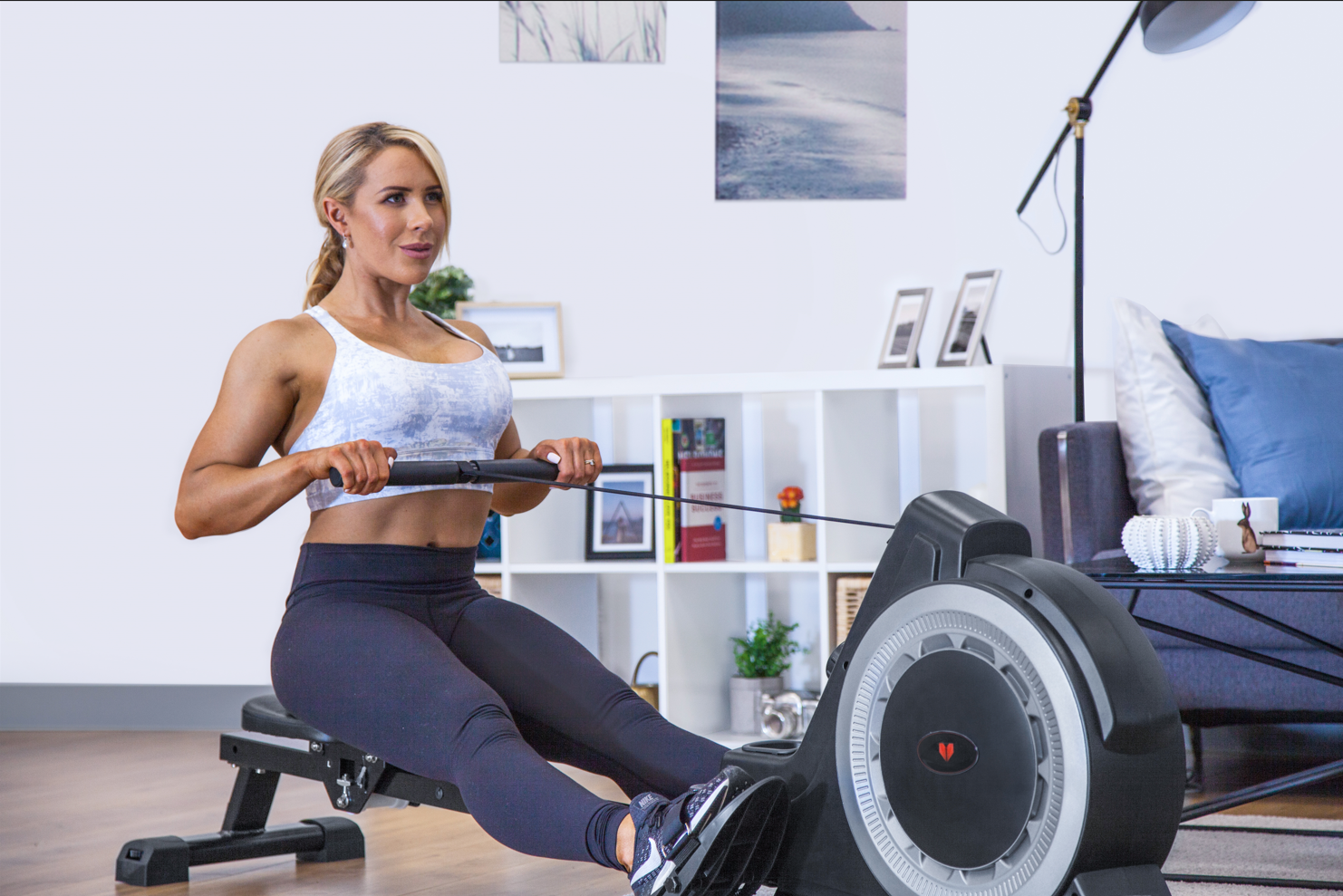

Rowing machines are certainly enjoying a surge in popularity after long being considered a boutique product for specialist users or serious rowers. Not only are people becoming aware of the tremendous benefits of rowing machine exercises, but also of the way they protect joints and reduce tension across multiple muscle groups, producing a safe, comfortable and effective workout with impressive results. However, one thing that may be holding you back is the technique involved. As the rowing machine involves the whole body working together, the technique may not be intuitive. Here we’ve put together a comprehensive guide on how to use the rowing machine at the gym or at home, so that you can taking advantage of all of its benefits, while ensuring a safe and comfortable exercise throughout.
Starting your Workout
Before we actually get on the machine, take note of what type of machine you’re using, and whether there are adjustable levels of resistance. This is important, as not all rowing machines will have resistance levels that can be altered. If it does, set it to a low resistance while you’re perfecting your technique, and work your way up as you feel comfortable. As you become comfortable with your technique, you might wonder what setting will provide the most accurate on-water experience. This won’t be a straight forward answer, as the amount of resistance you’re working against out in the water will depend on a range of factors, including the force you exert, your speed, the water conditions and your own personal ability. Ultimately, finding the most accurate resistance level will be finding the level that provides you with enough resistance to challenge your whole body, without feeling like you’re peddling through mud. A resistance level of around 4-6 will provide probably the most equivalent drag factor of water. However, this will also depend on the machine and the number of resistance levels that are available, so make sure to check what you’re working with and adjust accordingly. Other machines however, such as a water rowing machine or air machine, will have dynamic resistance, which will adjust the level of resistance based on the amount of force the user applies. Otherwise, make sure you have a water bottle and towel ready and we’re ready to go.
Getting Secured
Once you’re seated on the machine, secure your feet on the foot rest with the straps provided. Grab the handle, making sure to place your hands on the outside with pinkie fingers hanging off the side and thumbs resting on top. Once you’ve done that, straighten your legs out in front of you and pull the handle in close to your chest. Push your shoulders back and down to open up your chest and straighten your spine.
Drive Forward

When driving forward, first extend your arms out until they’re straight in front of you, making sure to only start bending your knees once your arms have fully straightened. As you bend your legs, keep your knees in line with your chest, not letting them drop off to the side. Make sure to keep your arms straight throughout the movement.
Pull Backward
Keep your arms straight as your push back with your legs. Once your legs are straight, bend your arms until the handle is pulled into your chest. Hinge back slightly at the hips.
Tips
Before you put it all together, practice the leg and arm movements independently by bending and straightening each in isolation. As you get the hang of your technique, remember that there’s no rush to speed things up, as rowing exercises are more about the power and force you’re able to exert.
Rowing Terms
Strokes per Minute (SPM) is the number of times you row in 1 minute. This should stay around 30 or less.
Split time is another term that refers to the amount of time it takes to row 500 metres. This should stay around 2 minutes or less.
Conclusion
Rowing machines really are an all-in-one package, offering one of the most efficient uses of your time, ensuring you’re getting the most out of every second of exercise. Familiarising yourself with all of the technique up front will ensure you’re getting the most out of your workout, all while keeping yourself safe from injury or muscle tension.




